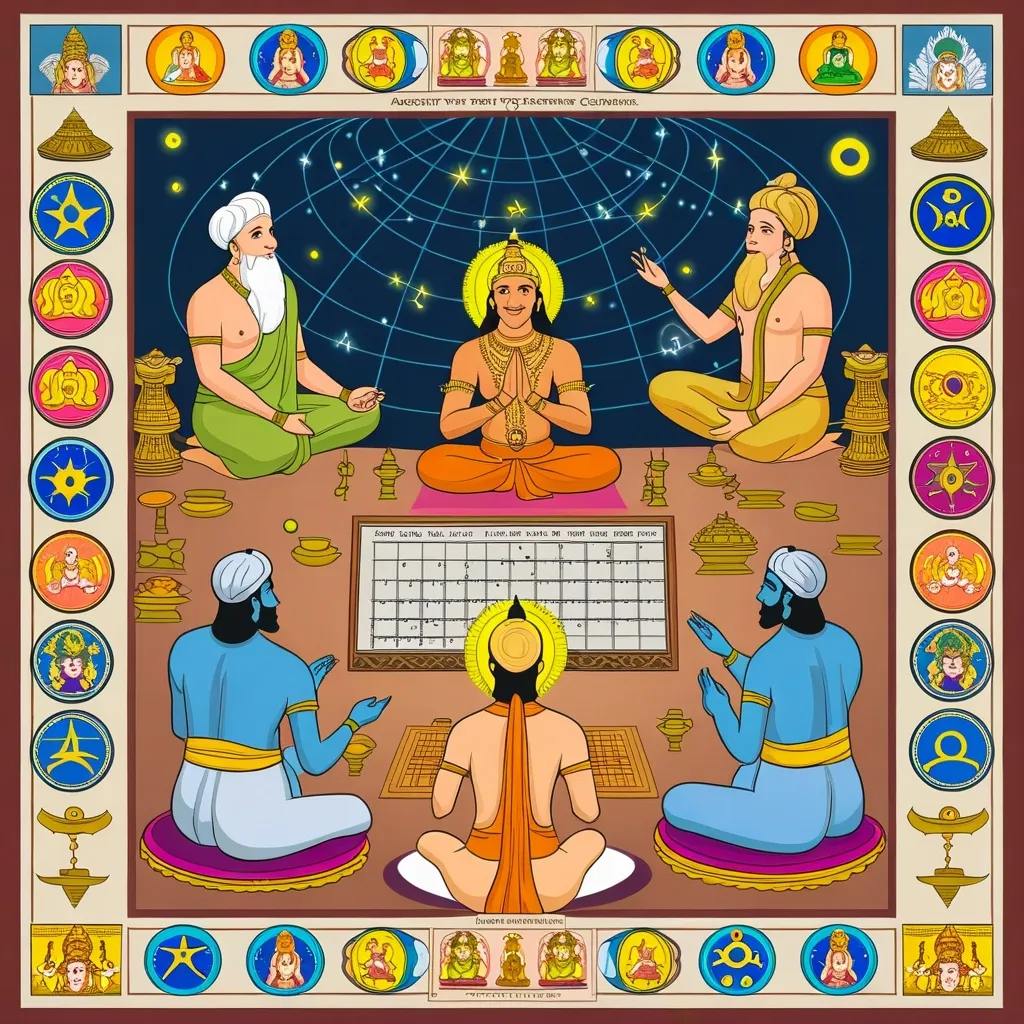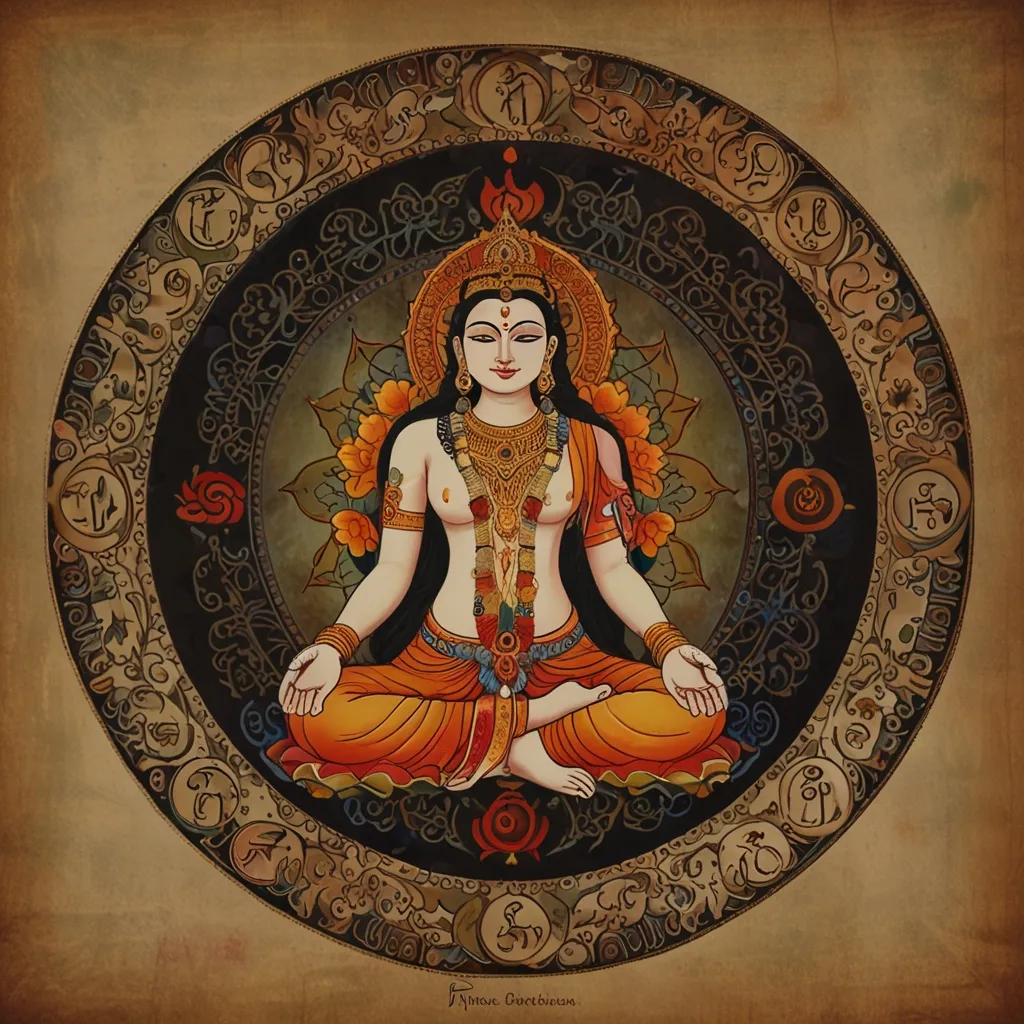In the vast and rich tapestry of Hinduism, the Yajur Veda stands firm as a foundational piece, especially within the world of Vedic astrology. This ancient text is one of the four primary Vedas and its influence on the practices and principles of Jyotisha, or Vedic astrology, is undeniable. To truly grasp the relationship between the Yajur Veda and Vedic astrology, we need to go deeper into their historical, philosophical, and practical facets.
The Yajur Veda, which translates to “Veda of the sacrificial formulas,” is one of the oldest texts in Hinduism, dating back to around 1500 BCE. This is where we first encounter mentions of astronomical observations and the significance of timing rituals in sync with celestial events. The Yajur Veda, particularly the Taittiriya Samhita, offers detailed accounts of the nakshatras, or lunar mansions, which play a critical role in Vedic astrology.
The ancient Vedic sages were precise in their celestial observations. The Yajur Veda lays out the division of the zodiac into 27 nakshatras, each linked with specific deities and characteristics. These nakshatras aren’t just mere sections of the sky; they carry rich spiritual and mythological meanings. Take Bharani nakshatra, for example, it’s associated with Yama, the God of Death, symbolizing the perpetual cycle of life and death.
One of the main goals of early Vedic astrology, as drawn from the Yajur Veda, was to create a calendar for determining auspicious times for rituals. The Vedanga Jyotisha, an auxiliary text to the Vedas, compiled by Lagadha Muni around 1400 BCE, served this exact purpose. This laid the groundwork for the lunisolar calendar used in Hindu rituals, ensuring that ceremonies were performed at the most favorable times based on the stars’ and planets’ positions.
Vedic astrology is anchored deeply in the philosophical ideas of karma and reincarnation. The Yajur Veda, and other Vedic texts, suggest that the positions of planets and stars impact our karma and future lives. This belief is central to Jyotisha, where astrologers read the “map of karma” to guide people in making choices that might soften their destiny’s blows.
In practical terms, the Yajur Veda’s focus on nakshatras and planetary positions is crucial for many Vedic astrology applications. For instance, the system of lunar mansions aids in forecasting the best times for life events like weddings and initiations. Each nakshatra is tied to specific deities and energies, believed to influence these events’ outcomes. The Ashwini nakshatra, for instance, is linked with the Ashwin twins, the “Physicians of the Gods,” and is thought to bring healing and transformative energy.
Another vital aspect of Vedic astrology tied to the Yajur Veda is the Dasha system. This system involves the time periods governed by the nine planets (Navagraha) and is used to predict various influences in one’s life. The Vimshottari and Ashtottari Dasha systems are the most commonly employed, with each planet wielding influence for a set duration. For example, the Sun’s Dasha lasts six years, while Saturn’s spans nineteen years.
The Yajur Veda’s influence is also seen in the concept of zodiacal houses or Bhavas in Vedic astrology. These twelve houses symbolize different life areas, from physical appearance and wealth to marriage and career. Each house is connected with specific planets and nakshatras, offering a detailed map of an individual’s life and potential. For instance, the First House relates to the body and general appearance, while the Seventh House is linked with marriage and business partnerships.
Moreover, the Yajur Veda’s emphasis on astronomy extends to its sophisticated system of timekeeping. The text outlines the use of muhurtas (48-minute periods) and divides the day into various segments, showcasing an advanced understanding of time and its divisions. This precision was crucial for performing Vedic rituals accurately, which were often timed according to celestial events.
The Yajur Veda’s connection to Vedic astrology isn’t just about forecasting the future or understanding celestial mechanics; it’s profoundly spiritual. The nakshatras and planets are perceived as spiritual forces bestowing divine blessings based on one’s karma. The ancient Vedic sages believed that the heavens held the secrets of the human soul and that studying the stars offered insights into our eternal nature.
Despite their ancient origins, the Yajur Veda and Vedic astrology still influence modern practices. The nakshatras are used in personality analysis, providing a more detailed understanding of an individual’s mental, emotional, and spiritual nature compared to the twelve zodiac signs. This deeper insight is essential for self-discovery and comprehending one’s place in the universe.
The Yajur Veda plays a crucial role in the evolution and practice of Vedic astrology. From its ancient origins in India to its modern-day applications, the Yajur Veda’s impact on Jyotisha is profound. It underscores the intricate connections between the microcosm and the macrocosm, emphasizing the spiritual and philosophical foundations of this ancient discipline. As we continue to explore Vedic astrology’s depths, the Yajur Veda stands as a guiding light through the complexities of time, space, and human destiny.






